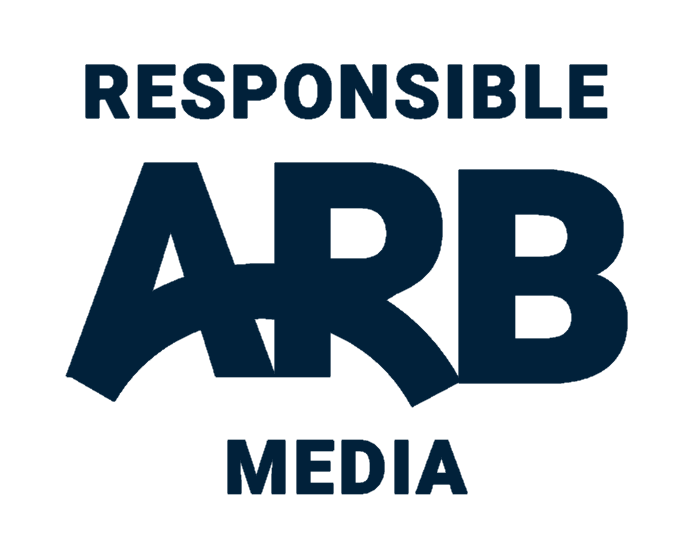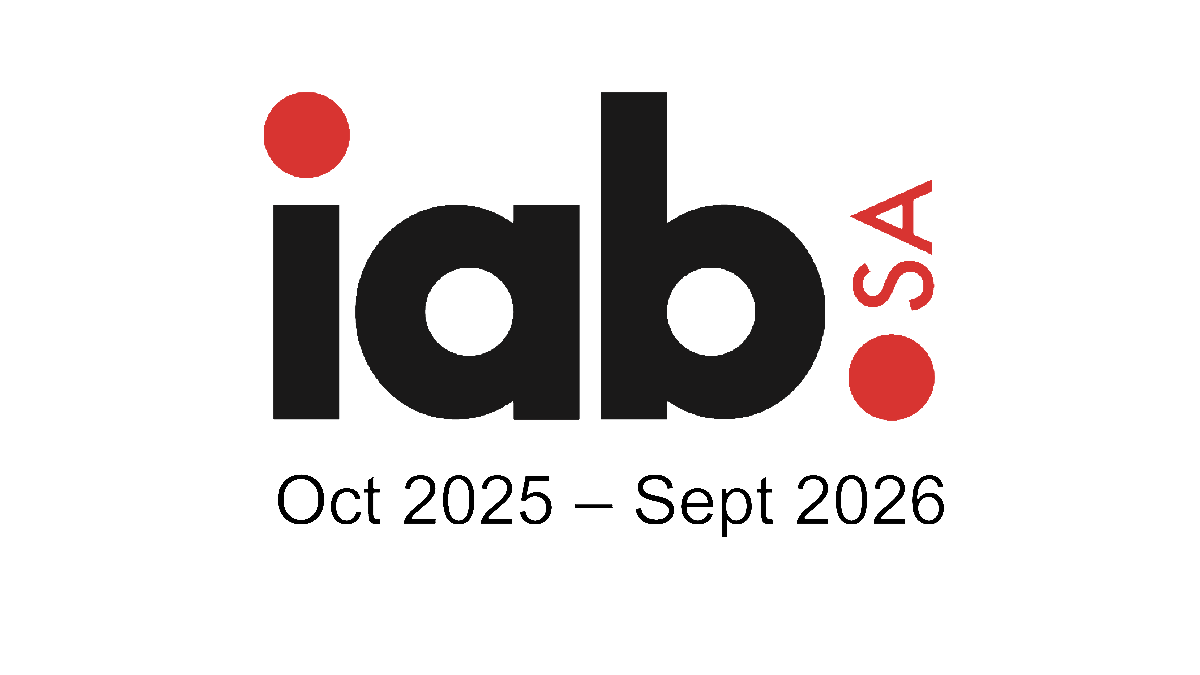Health
Importance of recognising signs of a stroke this World Stroke Day─── ZENANDE MPAME 16:04 Mon, 28 Oct 2024

Identifying the symptoms of a stroke and getting help quickly can save lives and greatly lower the chance of long-term disability.
Identifying the symptoms of a stroke and getting help quickly can save lives and greatly lower the chance of long-term disability.
World Stroke Day is celebrated on Tuesday (29/10) to raise awareness on recognizing the early signs of a stroke.
People of all ages, races, and genders can experience strokes at any time.
“What some people may not know is that stroke is the second leading cause of death in the world with most of those deaths occurring in low-income countries like South Africa,” said Stellenbosch University Occupational Therapist Dr Madri Engelbrecht.
“One in four adults over the age of 25 will have a stroke in their lifetime, it’s crucial for us to raise awareness about what the symptoms are and how stroke can be prevented.”
That is why World Stroke Day is such an important event in our health calendar, she said.

How stroke affects the body. Photo: everydayhealth.com
How to spot a stroke: BE FAST
- Balance: Sudden loss of balance and coordination;
- Eyes: Sudden loss of vision, blurriness, and double vision;
- Face drooping: Drooping or numbness of the face;
- Arm: Weakness or numbness of arms or legs on one side of the body;
- Speech: Slurred speech, unable to speak, or difficulty in understanding;
- Time: Get emergency medical attention if you see any of the signs mentioned above.
In addition to abrupt numbness or weakness, often on one side of the body, a stroke victim may also have dizziness, a severe headache, difficulty walking, confusion, or trouble seeing with one or both eyes.
‘There are two types of strokes’
“Stroke can impact daily life by causing physical challenges like weakness, paralysis, difficulty with coordination, making tasks like walking and dressing harder,” said Engelbrecht.
“Mentally it can affect memory, concentration, and mood and it can lead to frustration or even depression. So rehabilitation including occupational therapy helps individuals regain their independence and adapt to these changes.”
There are two types of strokes; an ischemic stroke and a haemorrhagic stroke.

Different types of strokes. Photo: world-stroke.org
An ischemic stroke occurs when the blood supply to part of the brain is blocked or reduced. This prevents brain tissue from getting oxygen and nutrients.
Another type of stroke is a haemorrhagic stroke. It occurs when a blood vessel in the brain leaks or bursts and causes bleeding in the brain. The blood increases pressure on brain cells and damages them.
“Starting emergency care as soon as possible after a stroke increases the likelihood of recovery,” said Engelbrecht.
OFM News mvh














